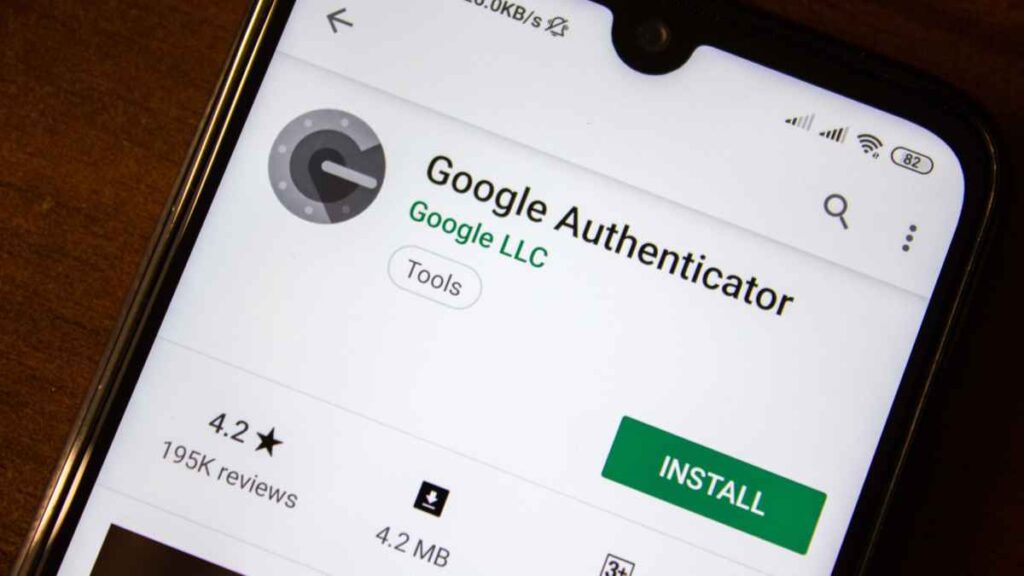
Google publicized on Tuesday its next step to prevent any future data security threats into Google Accounts by auto-enrolling two-step verification (2SV) for 150 million users by the end of 2021, while enforcing two million YouTube creators to mirror its efforts.
With the overtake of cyber breaches spreading across various platforms, companies, and governmental agencies are finding supplementary measures to secure the protection of their users’ data, and passwords are simply not doing the job anymore.
While passwords have been the default measure to safeguard information for more than a decade, 2SV has emerged to the light to backup sensitive accounts’ personal information. Now, Google is sweeping a new tactic to take on a proper backup plan to their accounts.
Since users usually disregard the importance of locking their data from any outside factors, Google Chrome product Manager AbdelKarim Mardini and Google account security and safety director Guemmy Kim revealed that the ideal way of putting an end to any future threats to any account is to simply generate 2SV by default.
“For years, Google has been at the forefront of innovation in two-step verification, one of the most reliable ways to prevent unauthorized access to accounts and networks. 2SV is strongest when it combines both ‘something you know’ (like a password) and ‘something you have’ (like your phone or a security key),” both stated.
The Big Tech mogul already highlighted the vitality of committing to a new “sign-in process,” and in the Cybersecurity Awareness Month blog, Google publicized that the company has already set into motion its plan to enable the 2SV method on Google Accounts to halt data security threats.
In parallel, the search engine is expanding its data security measures against imminent cyber threats with its built-in Password Manager, Google Smart Lock app, and Google Identity Services.
Through its Password Manager feature, the Android maker is considering the implementation of a much broader strategy of providing users access to saved passwords from its Google app menu.
In Summer 2020, the company initiated its Google Prompts feature as a complementary step to emphasize the vitality of optimizing its approaches to guard any account. Google Prompt asks its users to follow the identity verification guidelines on their smartphones when signing into their Google accounts.
“And because we know the best way to keep our users safe is to turn on out security protections by default, we have started to automatically configure our users’ accounts into a more secure state,” Google wrote in a blog post.
“By the end of 2021, we plan to auto-enroll an additional 150 million Google users in 2SV and require two million YouTube creators to turn it on,” the post added.
Until now, this approach will mostly cover auto-enrollment for an account with sufficient backup, meaning accounts that provided the company with recovery information such as phone number, authenticator app, or secondary email.
Users can determine if they qualify for this procedure here.
It goes without saying that any individual should include a more safeguarded plan to secure their accounts, whether through Google or any other platform. Password has become a not-so-reliable methodology to contain sensitive information as people focus on using a similar password, if not repeating the same identification for a multitude of accounts.